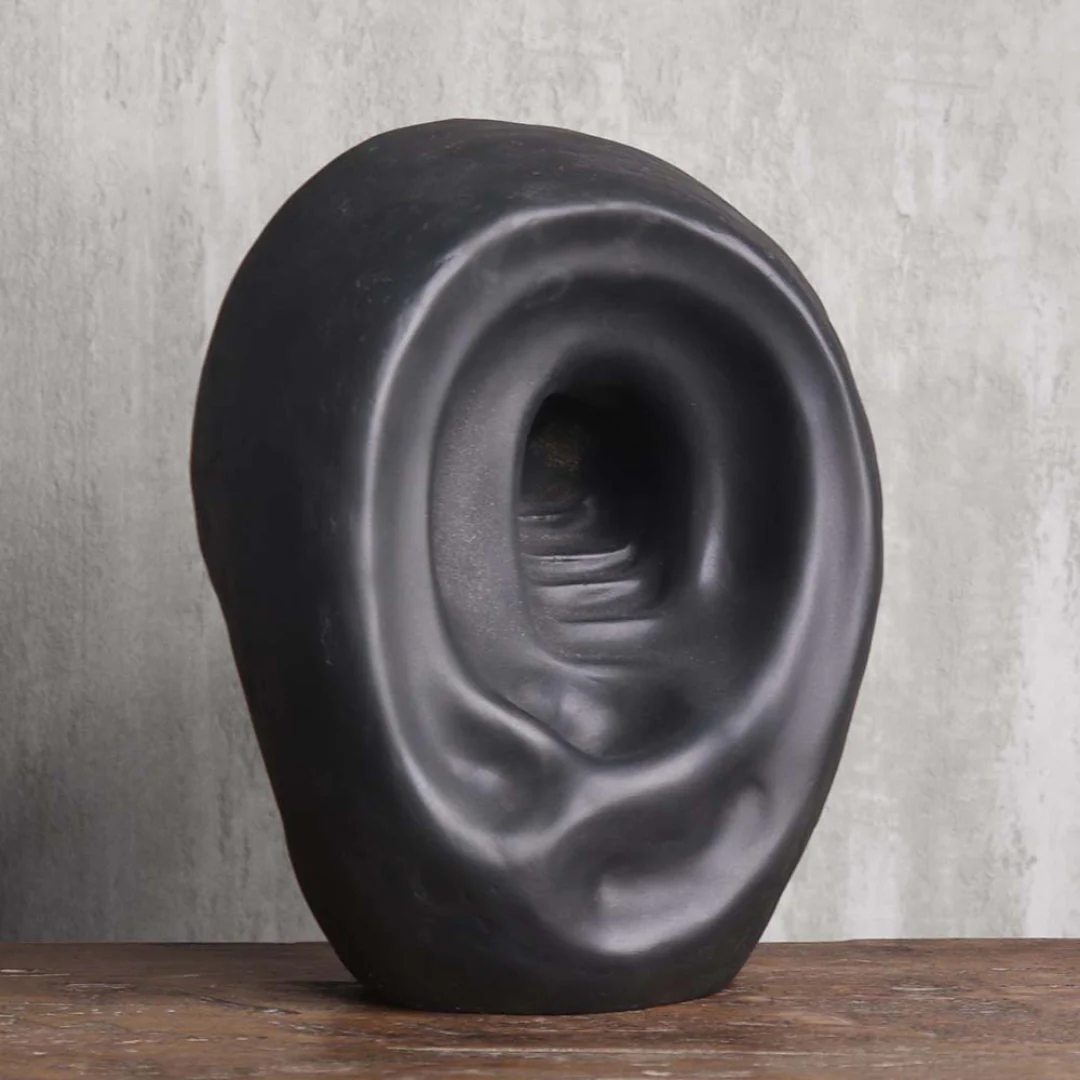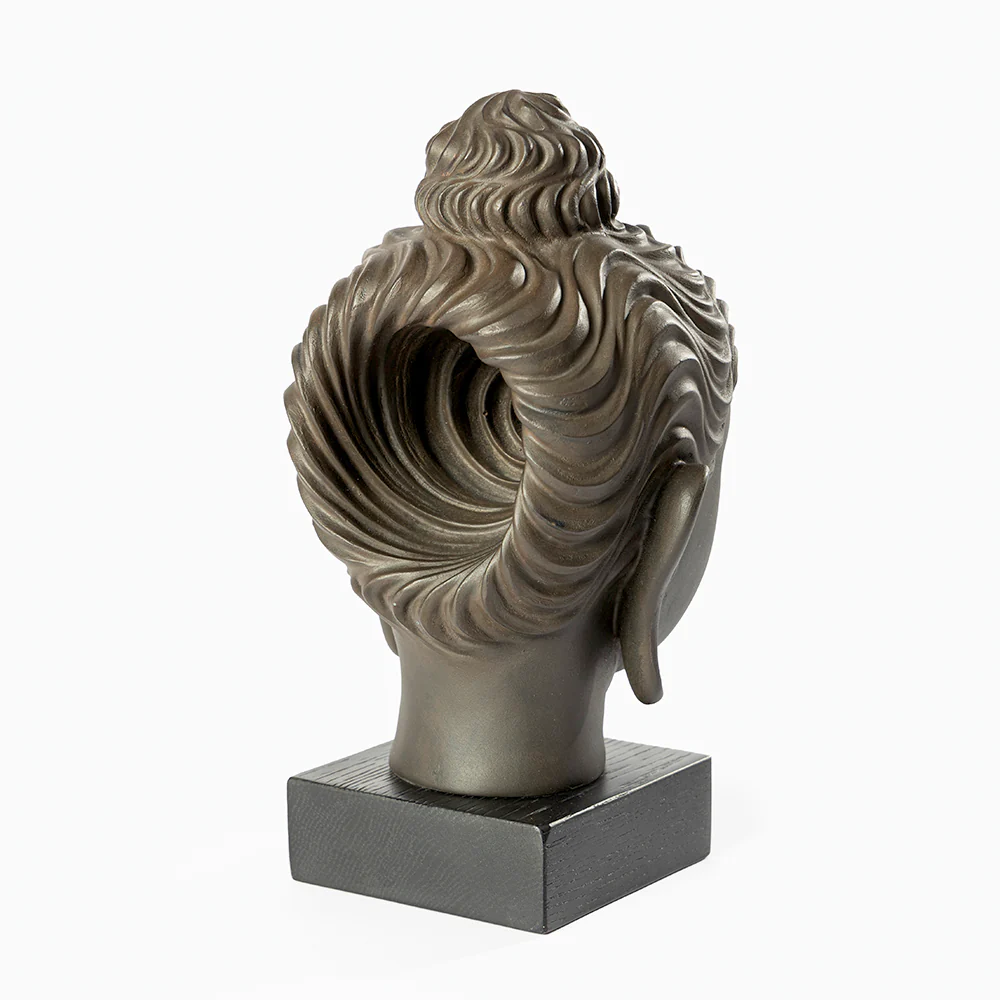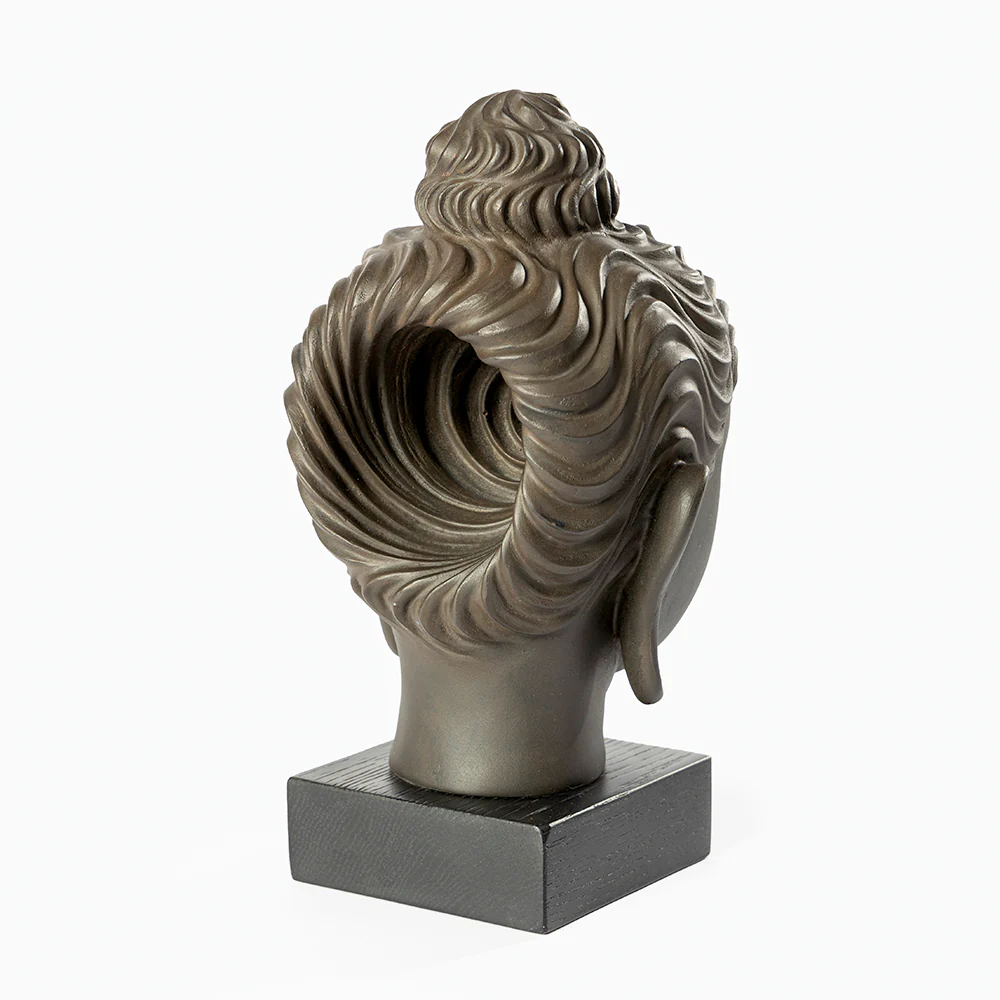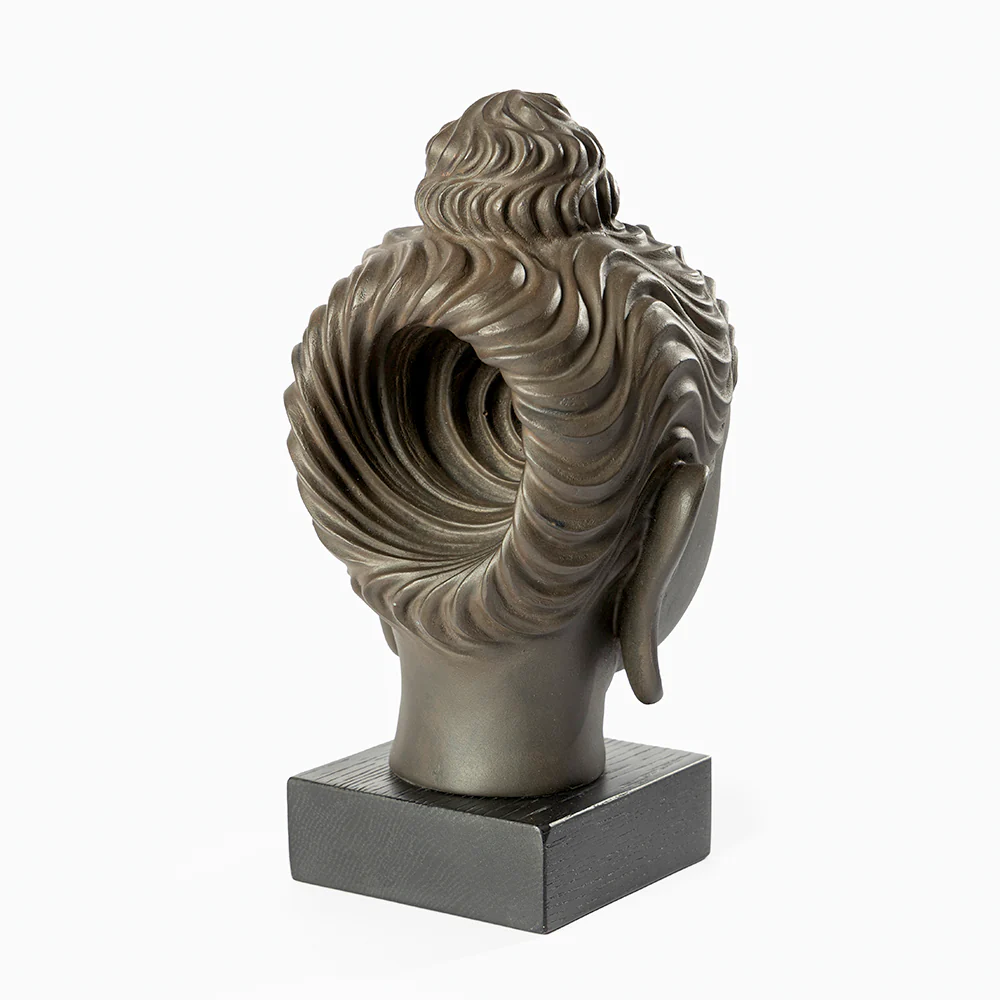Abstract Sculpture: The Art of Imagination and Emotion in Three Dimensions

Strong 8k brings an ultra-HD IPTV experience to your living room and your pocket.
Abstract Sculpture is one of the most compelling forms of modern and contemporary art. Unlike traditional sculpture, which often imitates real-life subjects, abstract sculpture breaks away from realism, focusing instead on shapes, forms, lines, and textures to express emotion, concepts, or even philosophical ideas. It challenges the viewer to see the world not as it is, but as it could be — interpreted through the lens of artistic freedom.
What is Abstract Sculpture?
At its core, abstract sculpture is three-dimensional art that does not attempt to represent real-world objects or people in a literal way. Instead, it explores form and space in a non-representational manner. The goal isn’t to imitate life but to evoke feelings or provoke thought. A twisted metal shape, a smooth wooden curve, or a jagged stone form might all be abstract sculptures — each unique, each open to interpretation.
Abstract sculpture can range from small, intimate pieces designed for home décor to monumental public installations that transform entire landscapes. Its versatility in size, material, and message makes it one of the most dynamic forms of visual art.
The Rise of Abstract Sculpture
The roots of abstract sculpture trace back to the early 20th century when artists began to reject traditional realism in favor of more conceptual forms. Pioneers like Constantin Brâncuși, Naum Gabo, and Barbara Hepworth led the charge, creating works that emphasized simplification, geometry, and emotional expression. These artists were influenced by movements such as Cubism, Futurism, and Constructivism, which reshaped the boundaries of art across the world.
In the decades that followed, abstract sculpture flourished, becoming a favorite among modern artists and collectors alike. Today, it continues to evolve, often integrating technology, digital fabrication, and mixed media.
Materials and Methods
One of the most exciting aspects of abstract sculpture is its wide range of materials:
• Metal (bronze, steel, aluminum) – Often used for modern, industrial aesthetics or large public art.
• Wood – Brings warmth and organic textures, ideal for both smooth and rough finishes.
• Stone (marble, granite, limestone) – Offers durability and elegance, often used in monumental or minimalist pieces.
• Glass and Resin – Add color, light, and a sense of delicacy or transparency.
• Mixed Media – Combines materials for layered meanings and textural contrasts.
These materials are shaped through carving, welding, molding, assembling, and even digital 3D printing, depending on the artist’s vision.
Why Abstract Sculpture Matters
Abstract sculpture plays a vital role in the art world and in our environments. It does more than decorate; it inspires. These works challenge viewers to engage with them, encouraging interpretation and emotional response. They can symbolize freedom, conflict, harmony, or chaos — all without a single word.
In architecture, interior design, and urban planning, abstract sculptures are frequently used to create focal points, add depth to spaces, and spark conversation. Whether placed in a corporate lobby, a private garden, or a public square, these sculptures enhance the surroundings with their presence.
Conclusion
Abstract sculpture is a celebration of form, emotion, and human imagination. It invites us to see not with our eyes alone, but with our hearts and minds. In a world where visuals dominate our senses, abstract sculpture provides a pause — a moment to reflect, interpret, and connect with something greater than ourselves.
Note: IndiBlogHub features both user-submitted and editorial content. We do not verify third-party contributions. Read our Disclaimer and Privacy Policyfor details.







